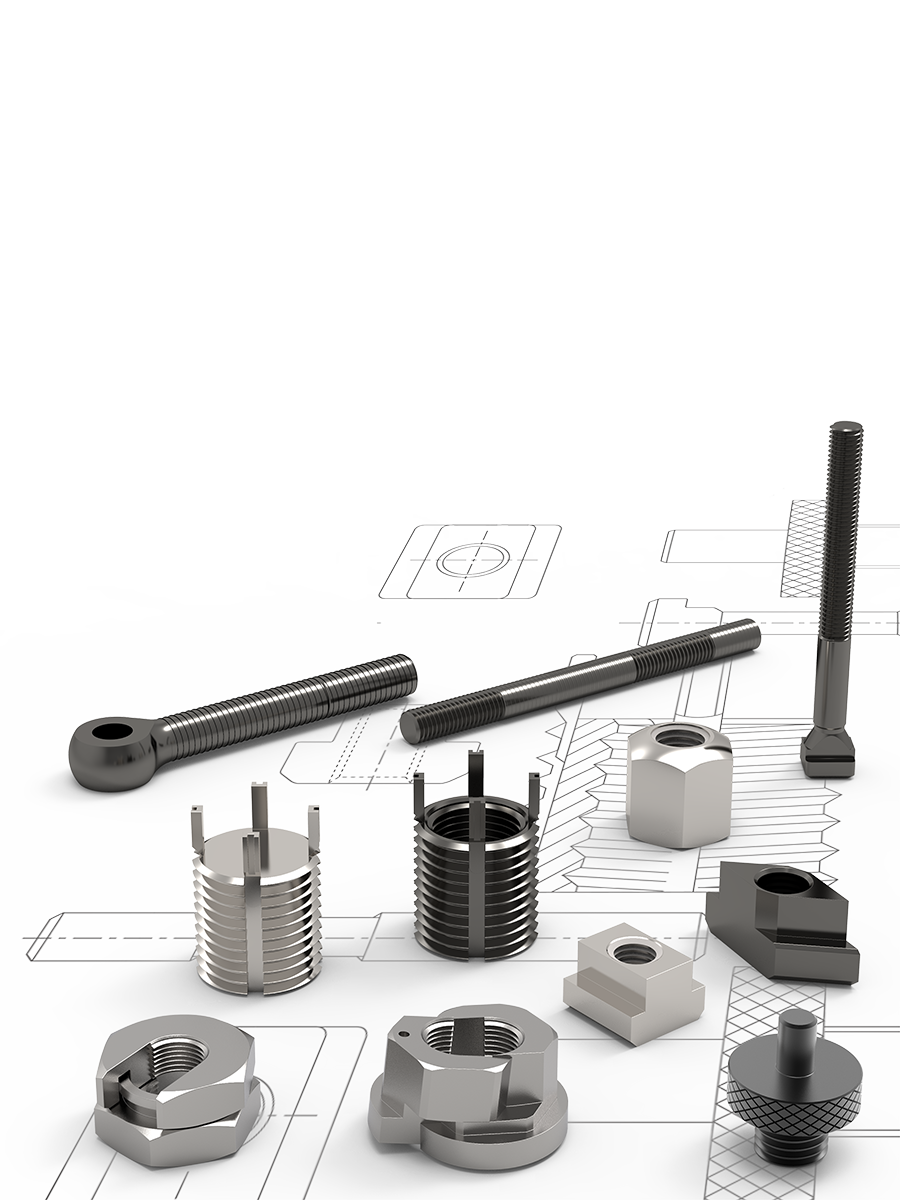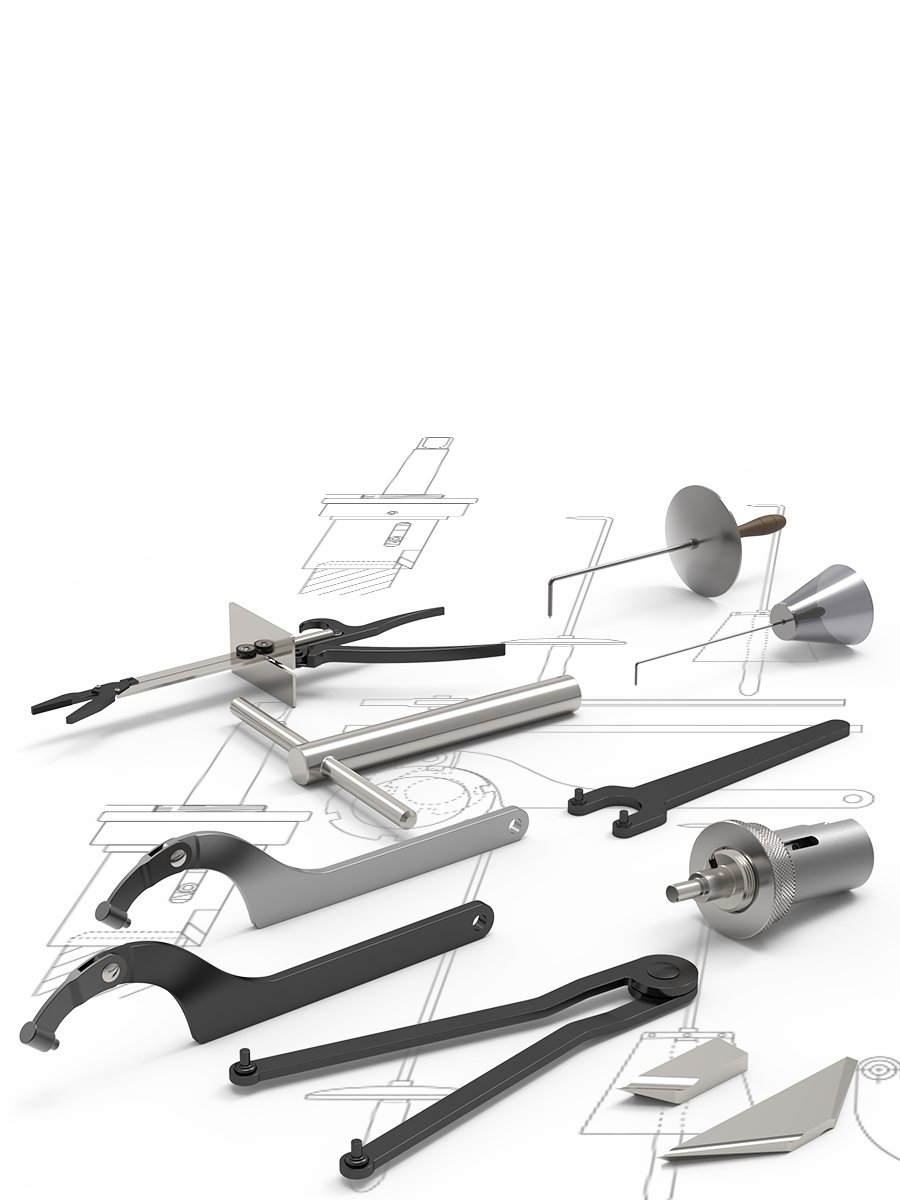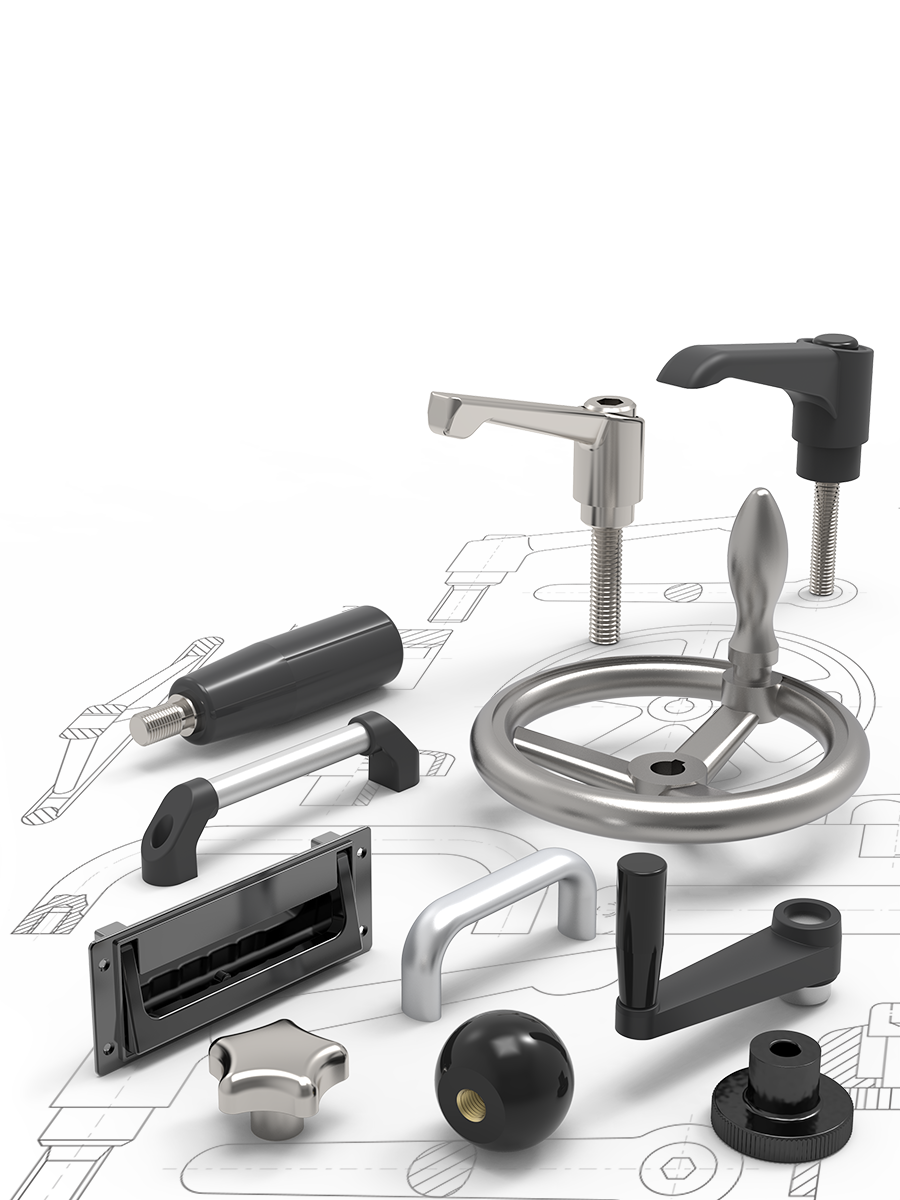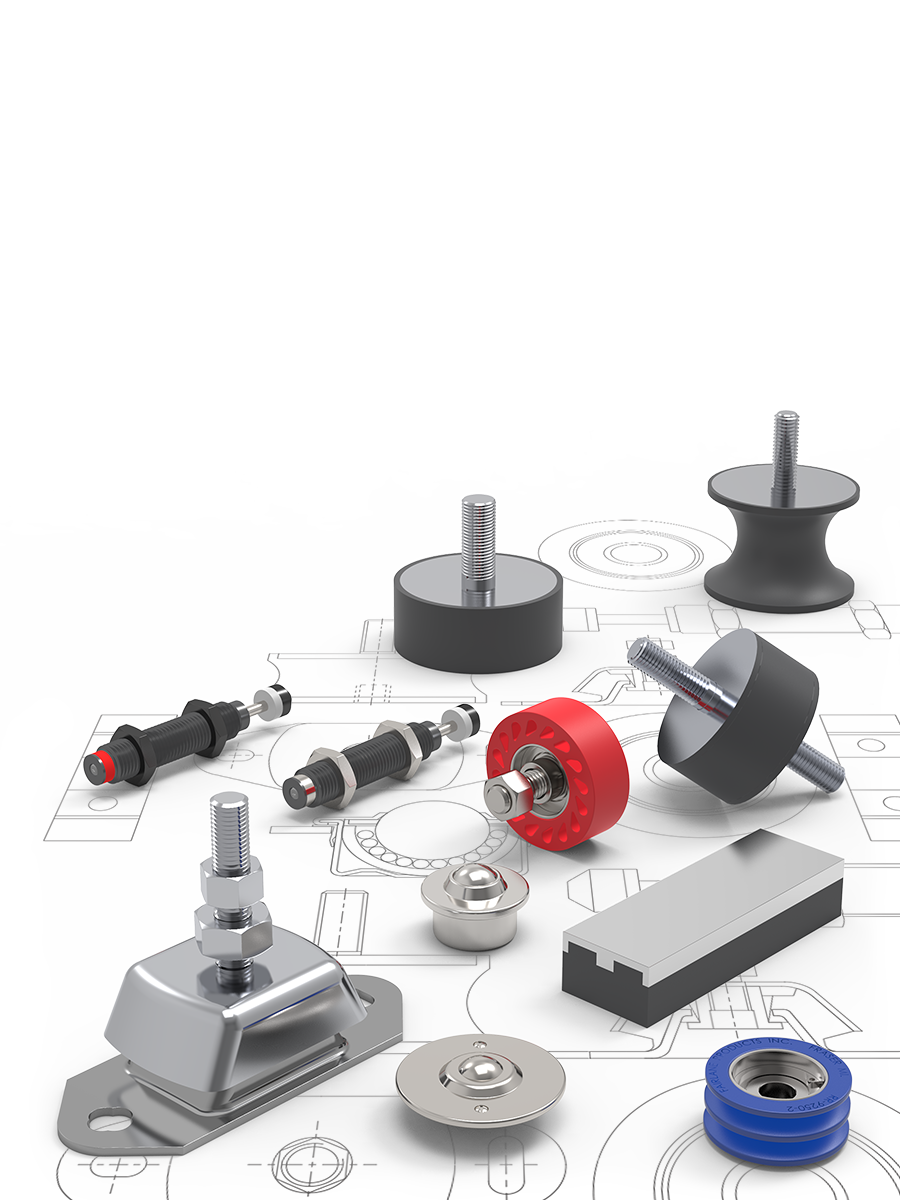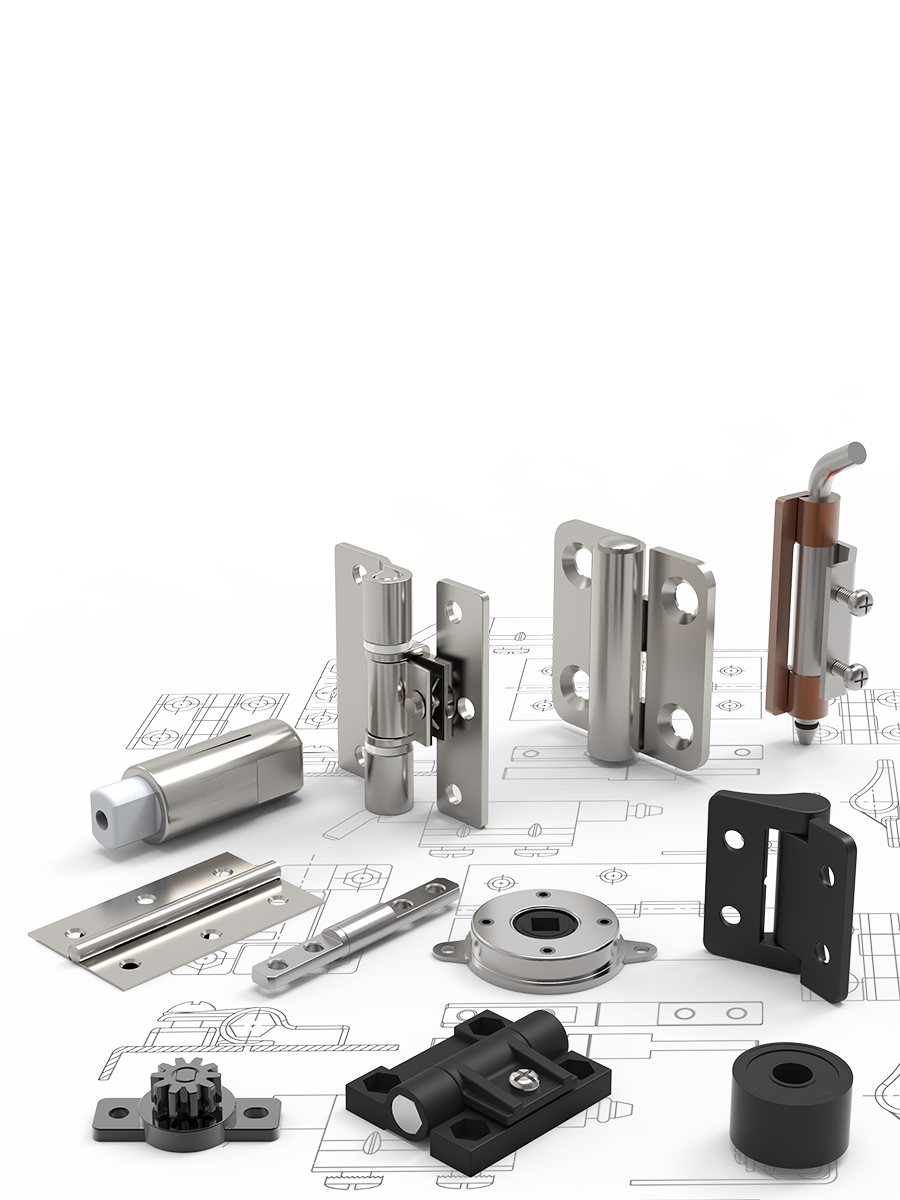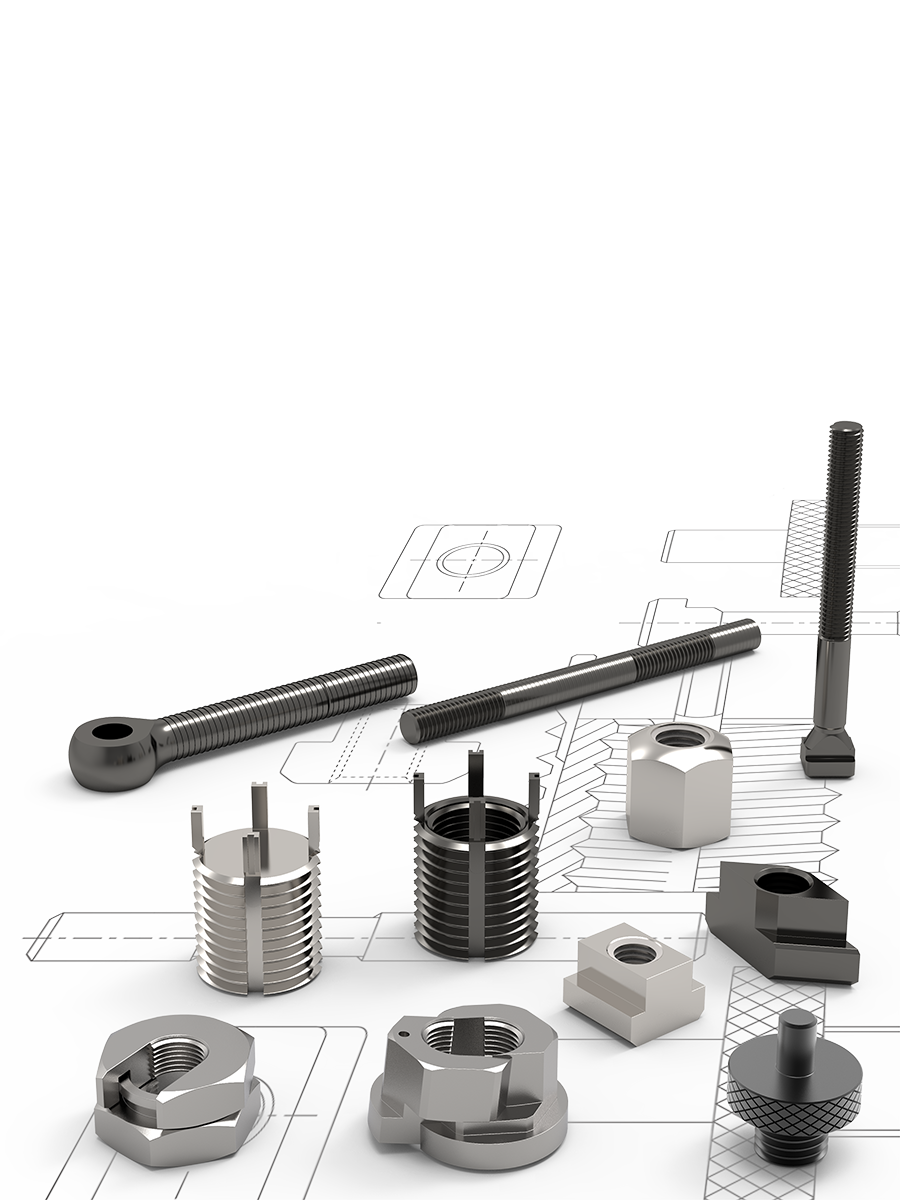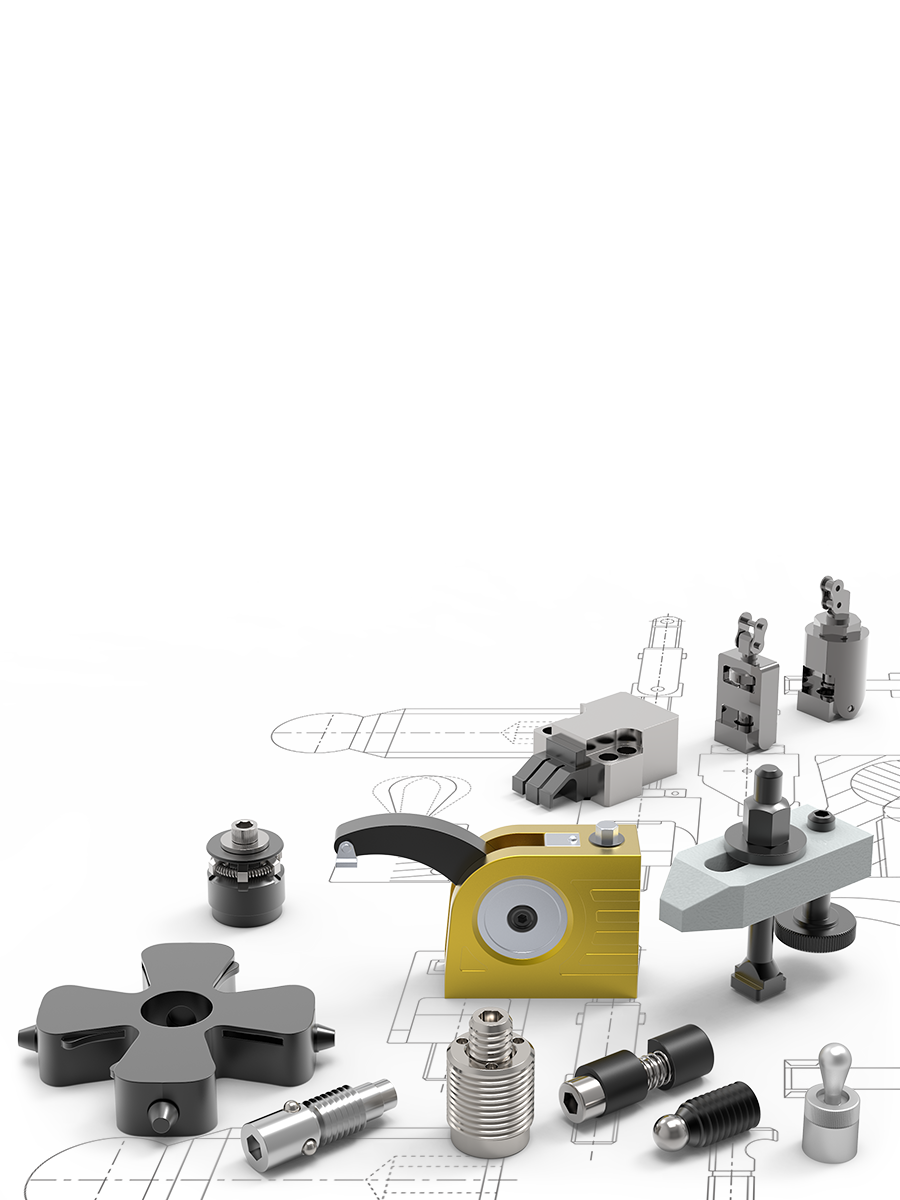Rotary Dampers Q3000 - Q3060
What is...
Wixroyd Rotary Dampers offer controlled opening and closing of lids, drawers, covers and much more. They provide a range of solutions for a variety of applications, creating smooth movement and function.
Though unnoticed in many applications, Rotary Dampers are a vital part of many products bringing quality, safety and durability. Rotary Dampers provide quality mvoement enhancing both touch and feel. Available in unidirectional (single) dampening or bi-directional (double) version. Also available with or without gears.




Rotary Dampers
Utilise the principle of fluid resistance to reduce the speed of moving parts. The oil viscosity is utilised to provide the "braking force" of the damper. The torque or "braking force" can be adjusted by changing the viscosity of the oil. The advantages of the Rotary-type Dampers are their compact size.
Applications
- Loading trays for CD, DVD, VCR, MD players.
- Arm rests, ashtrays, center consoles, glove boxes, handles and storage compartments in passenger vehicles.
- Camcorders, cellular phones and small personal devices.
General Guidance
Rotary Dampers utilise the movement of fluid, forced from one chamber to another, via a rotor. Dampening speed is dependent upon the viscosity of the fluid and the diameter of the fluid aperture.
Through the use of toothed plastic rack no. Q3150, Rotary Dampers with gears can be used to dampen on a linear plane rather than the normal dampening directly at the shaft.

| Part No. | Q3200 to Q3260 |
| Max speed | 50rpm |
| Max. cycle rate | 10 cycles/min |
| Nominal torque rating | At 20rpm, 23°C (73°F) |
| Operating temperature | 0 to 50°C (32 - 122°F) |
| Storage temperature | -20 to 60°C (-4 to 140°F) |
Technical Specs
Torque Calculation
To calculate the torque for your application, the following measurements are necessary:
t (torque) = w x 0.5 x h
h = length from pivot point to end of lid (cm)
w = weight of the lid (Kg)
Torque force stated per product (see individual product pages) is the maximum torque to which the specified part can be exposed before the dampening force yields and hence dampening is overcome.

Note
Damping direction is determined whilst looking directly onto the output shaft.
Important
Avoid side loading of the disk damper output shaft in order to maximise effectiveness.
Important Note: Once calculation has been made, choose a disk damper from our range which can accommodate the newly calculated torque of the application. Use the damper closing speed graphs opposite to confirm that the rpm given at the corresponding torque value, matches the desired lid closing speed. If the desired rpm is beyond the capacity of the selected damper, then select another damper with a higher torque rating and re-test.
If the rpm is too slow, select another damper with a lower torque rating and re-test.
Torque closing speed graphs
Follow the Torque calculation formula and utilise the following torque closing speed graphs to ensure the selected rotary damper best suits your application.
Torque graphs for temperature and speed
Q3000

Q3020

Q3040

Q3060

Product Selection Chart
| Part no. | Damping direction | Torque gf.cm | Torque gf.cm |
 | Two way | 10 - 40 |  |
 | Two way | 20 - 100 |  |
 | Two way | 50 - 150 |  |
 | Two way | 50 - 150 |  |
 | Two way | 15 -50 |  |
 | Two way | 15 - 50 |  |
 | Two way | 15 - 50 |  |
 | Two way | 70 - 150 |  |
 | Two way | 50 - 150 |  |
 | Two way | 50 - 100 |  |
 | Two way | 50 - 100 |  |
 | Two way | 15 - 50 |  |
 | One/two way | 200 - 300 |  |
 | Two way | 100 - 400 |  |
 | Two way | 100 - 400 |  |
 | One/two way | 500 - 1500 |  |
Knowledgebase Questions
No - A Torque or Rotary Damper will not keep the screen in place even with high torque ratings. They are designed to soft close. Even with high torque ratings, they will close very slowly, because they operate on liquid movement through an aperture. I would recommend a torque hinge or friction hinge.
Email Newsletter
Be the first to receive the latest news and exclusive offers via our newsletter.
Alexia House, Glenmore Business Park
PO19 7BJ Chichester
United Kingdom
0333 207 4497
sales@wixroyd.com
Route via Google Maps
Company registration no: 00496138
Company VAT number GB 408154022


















